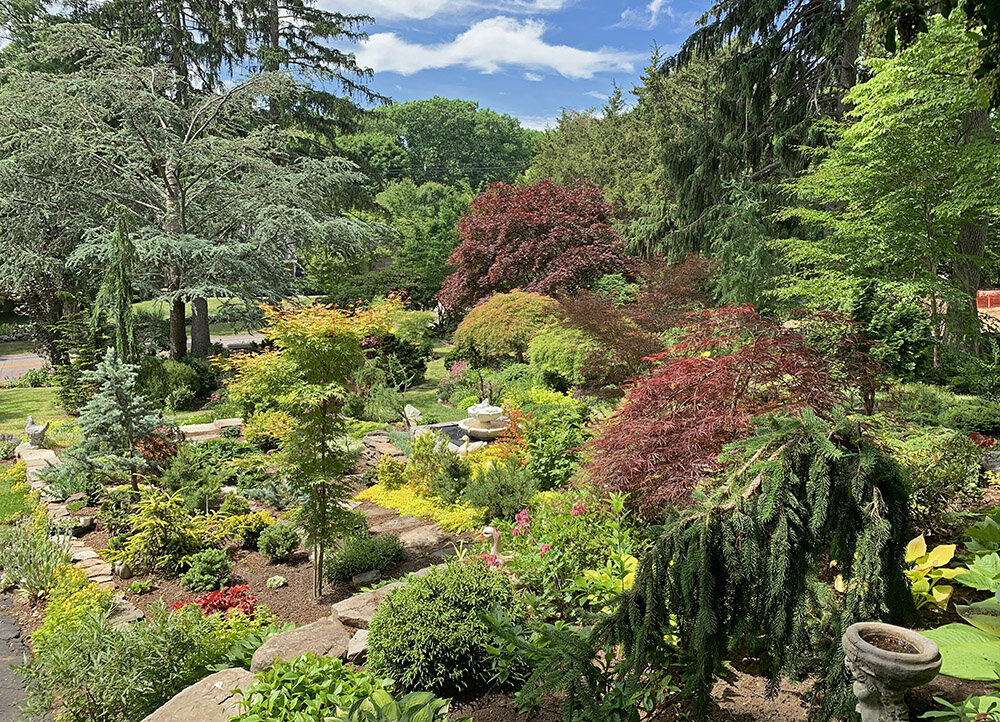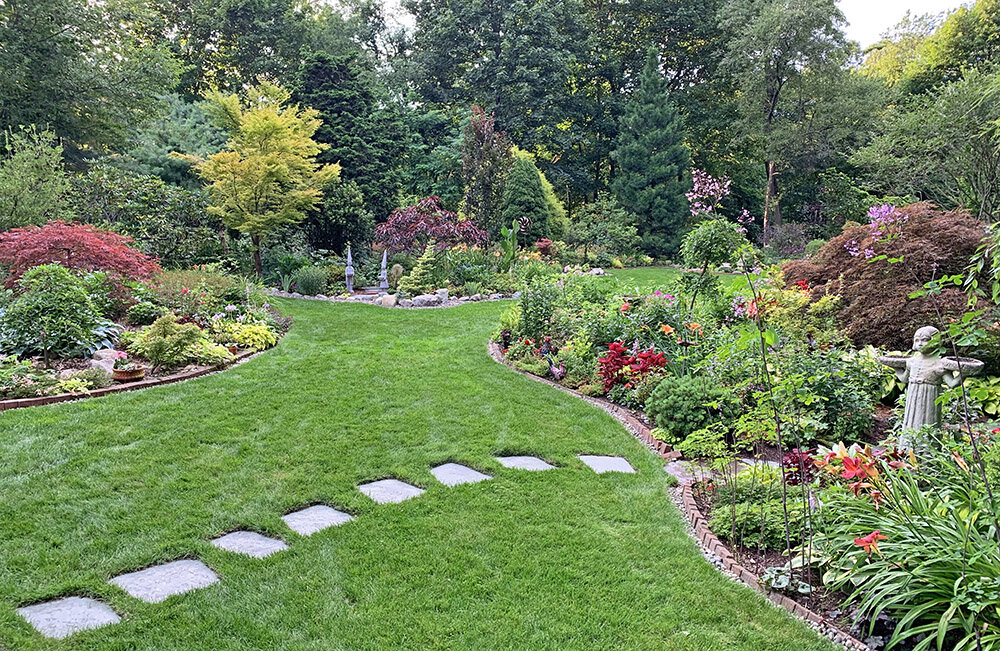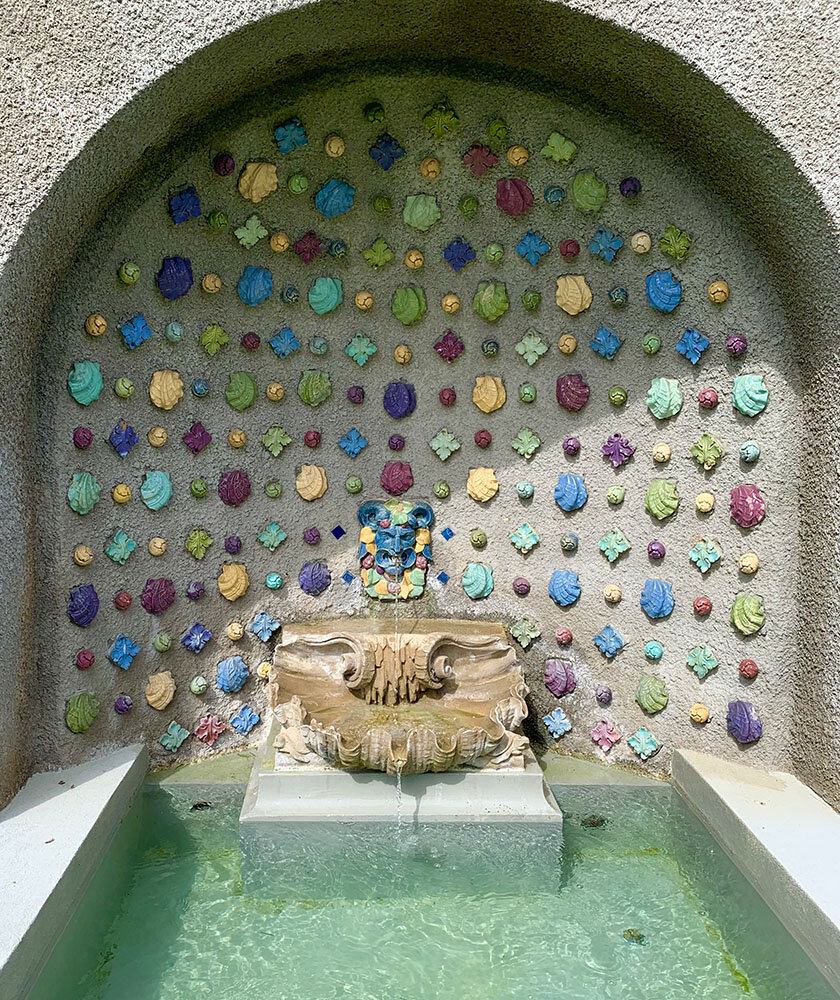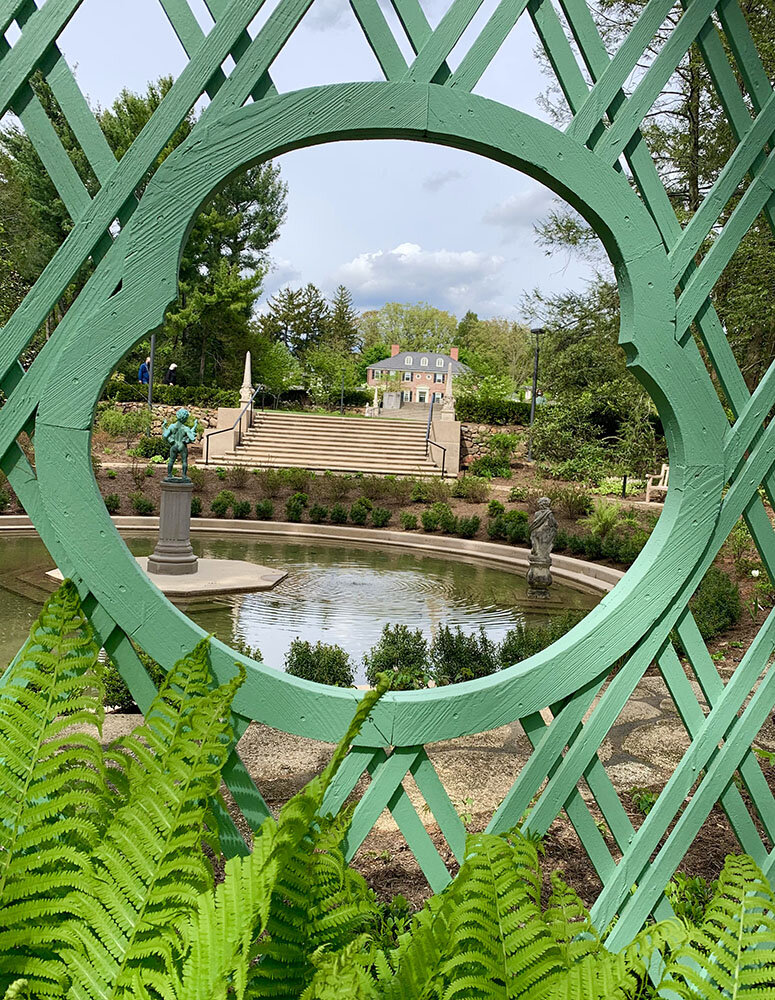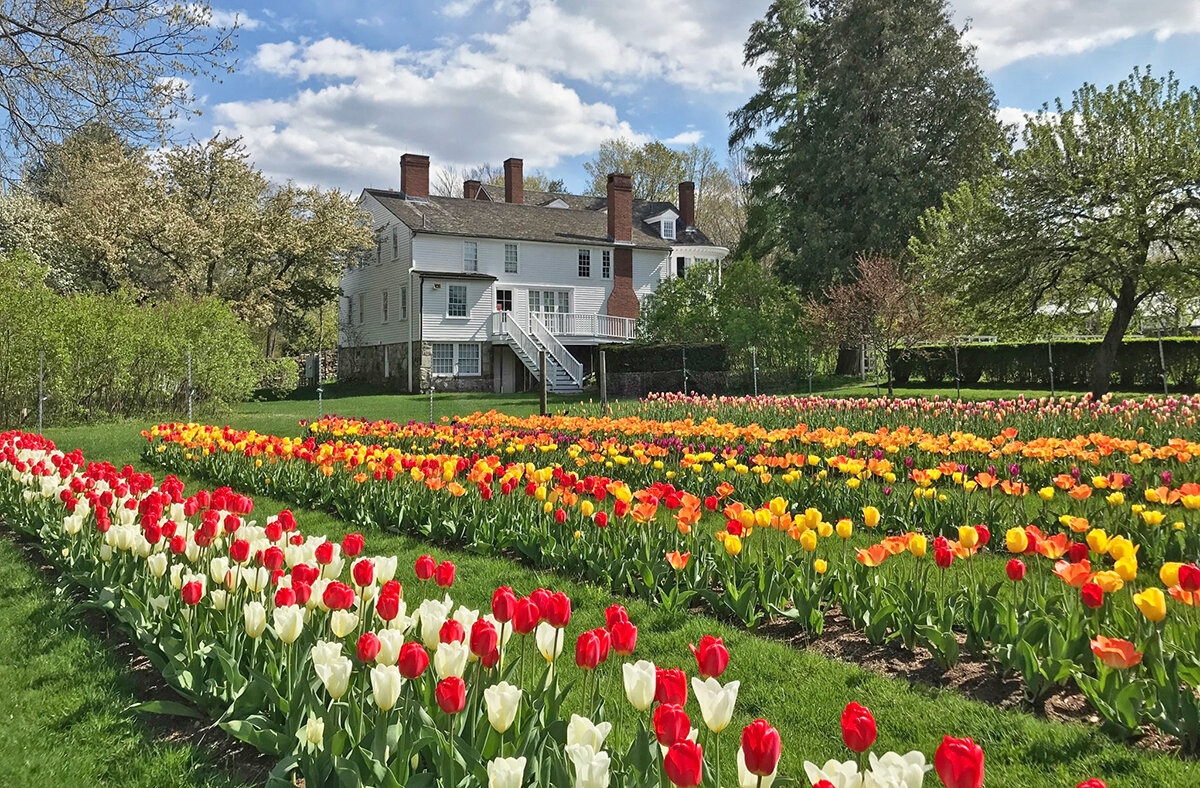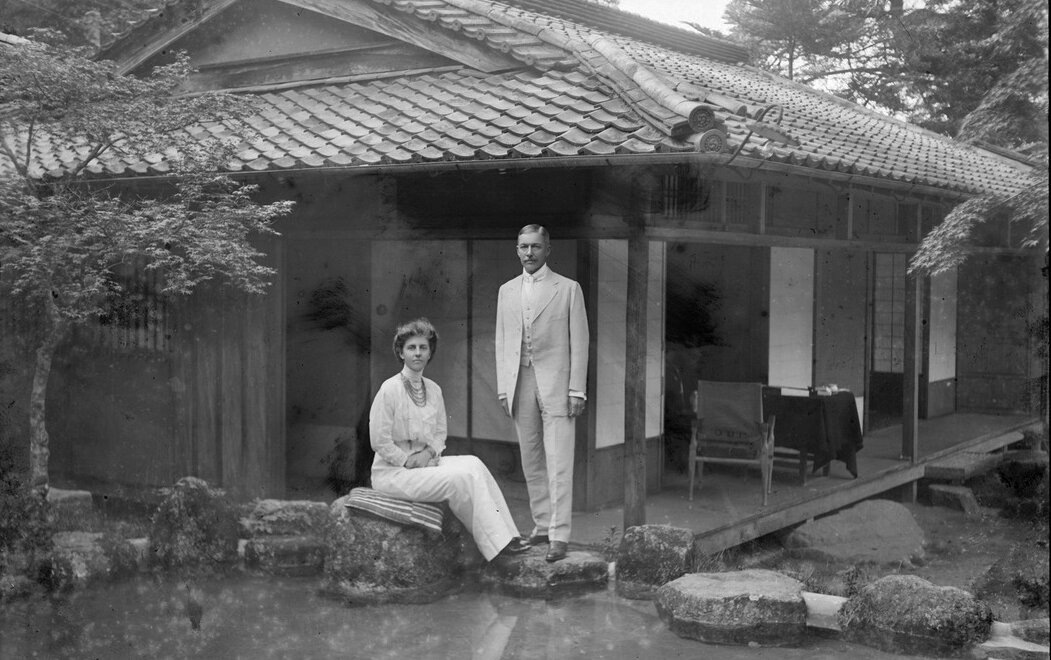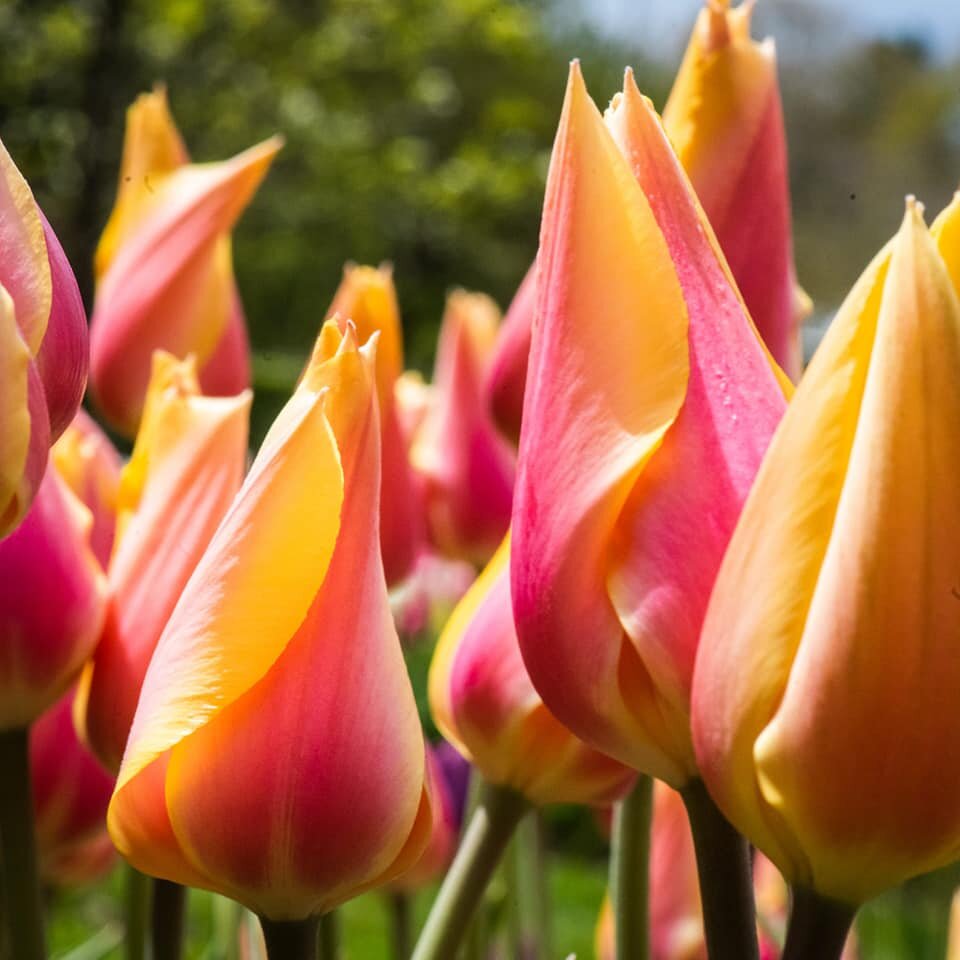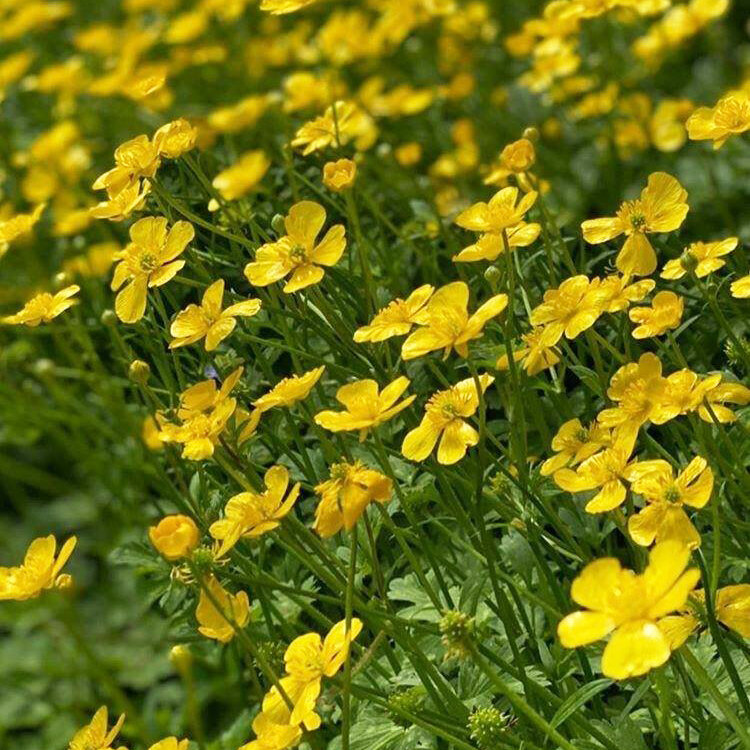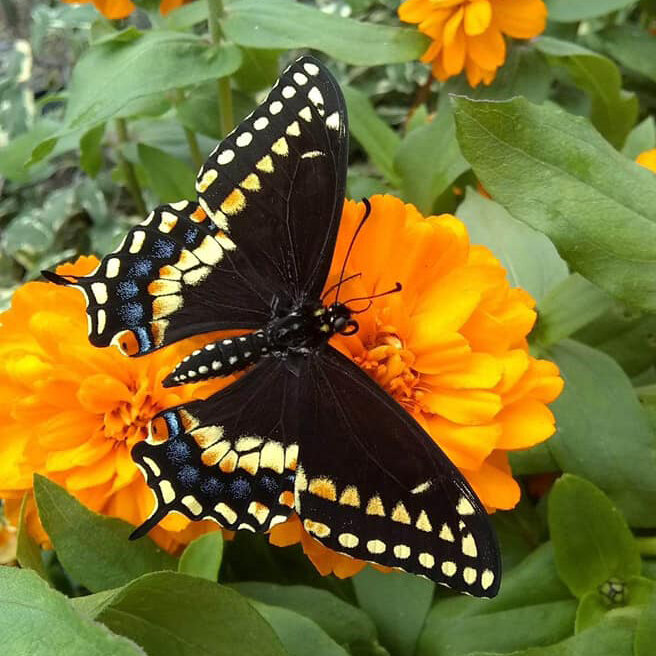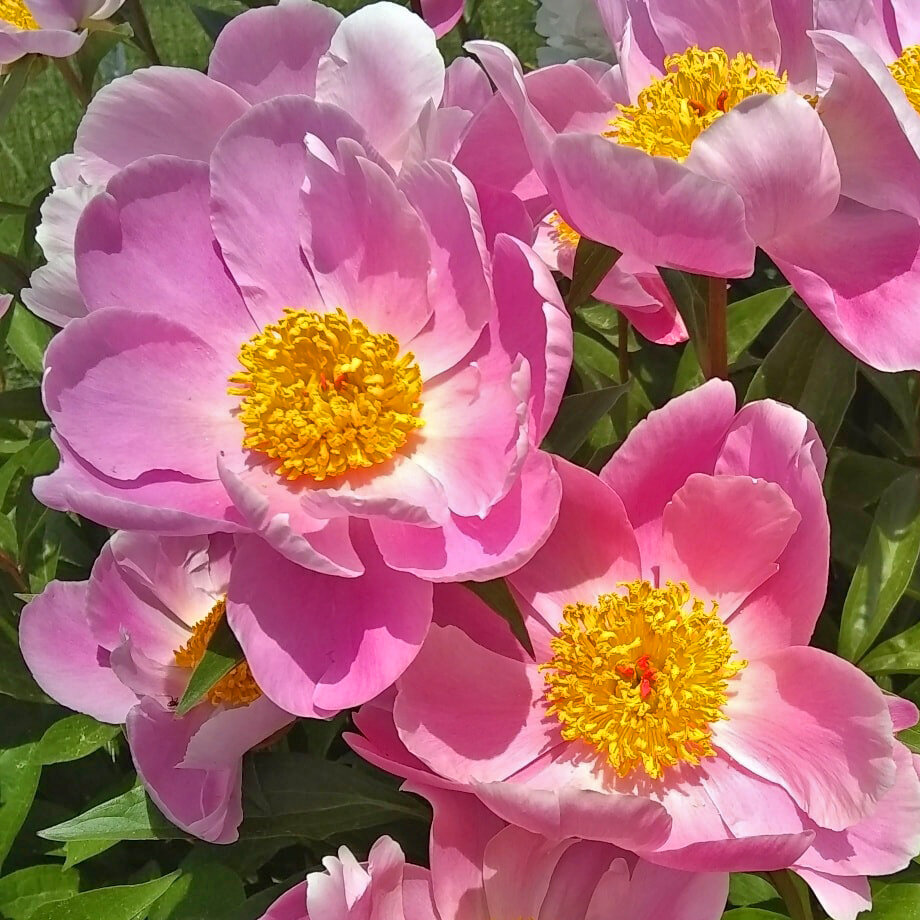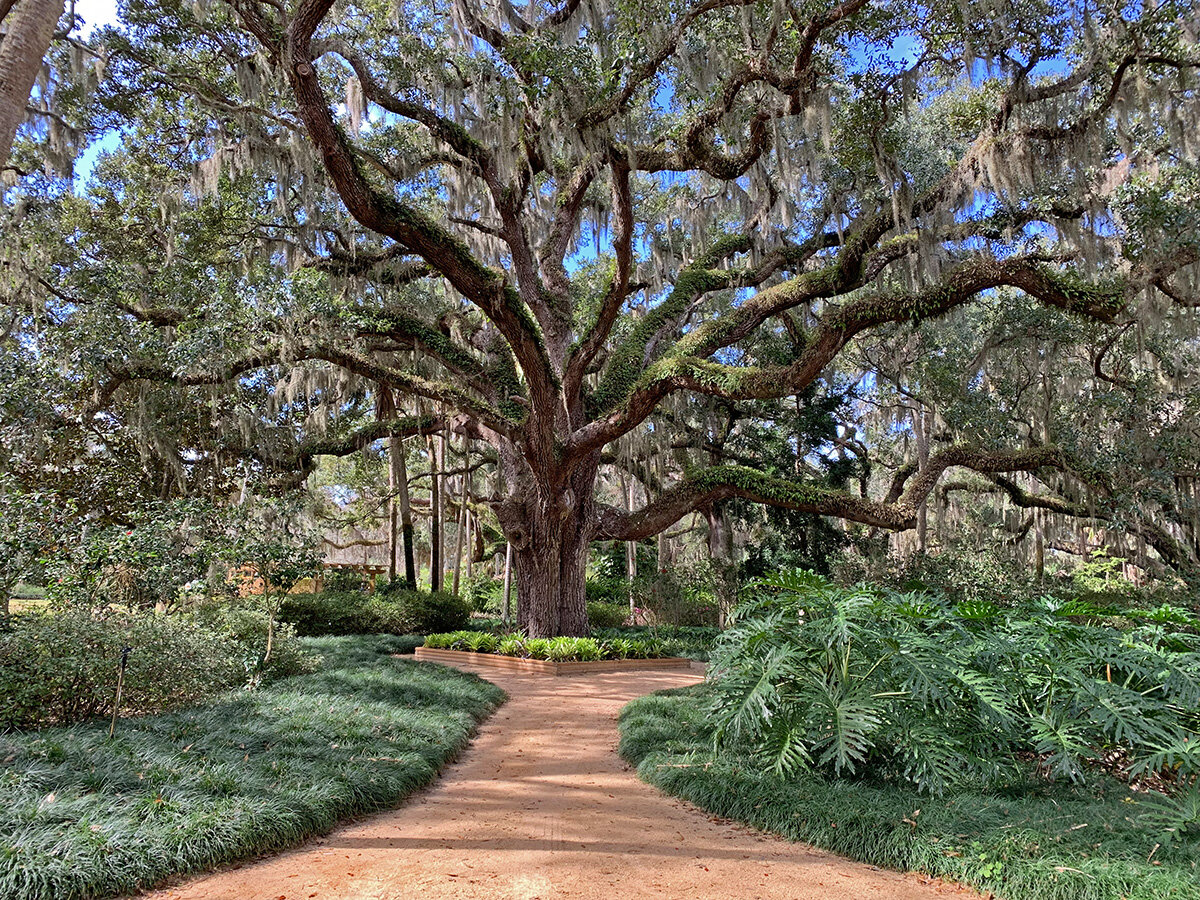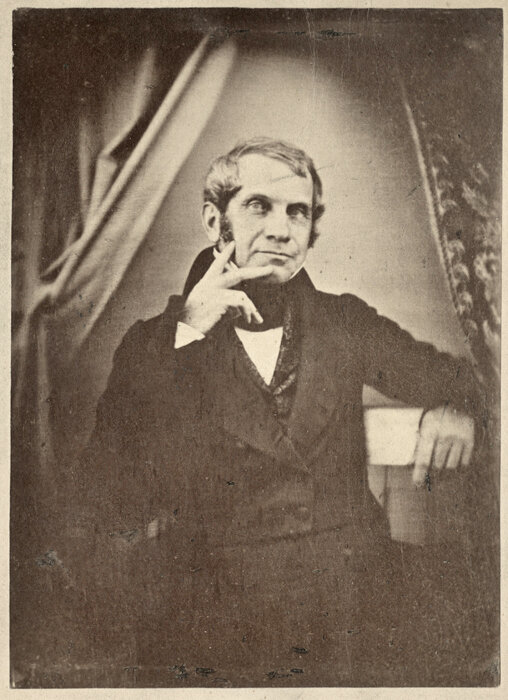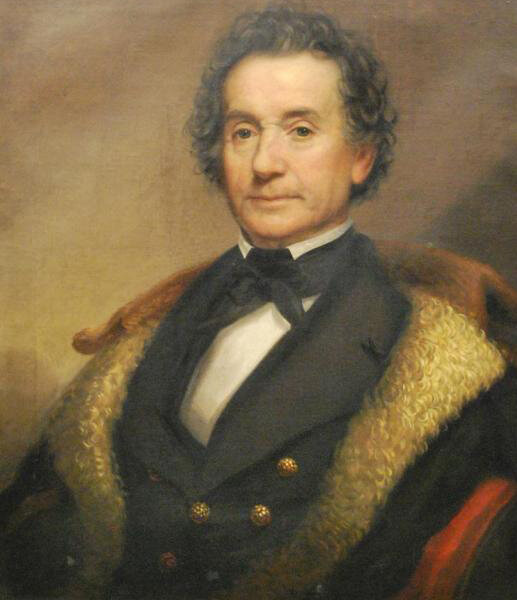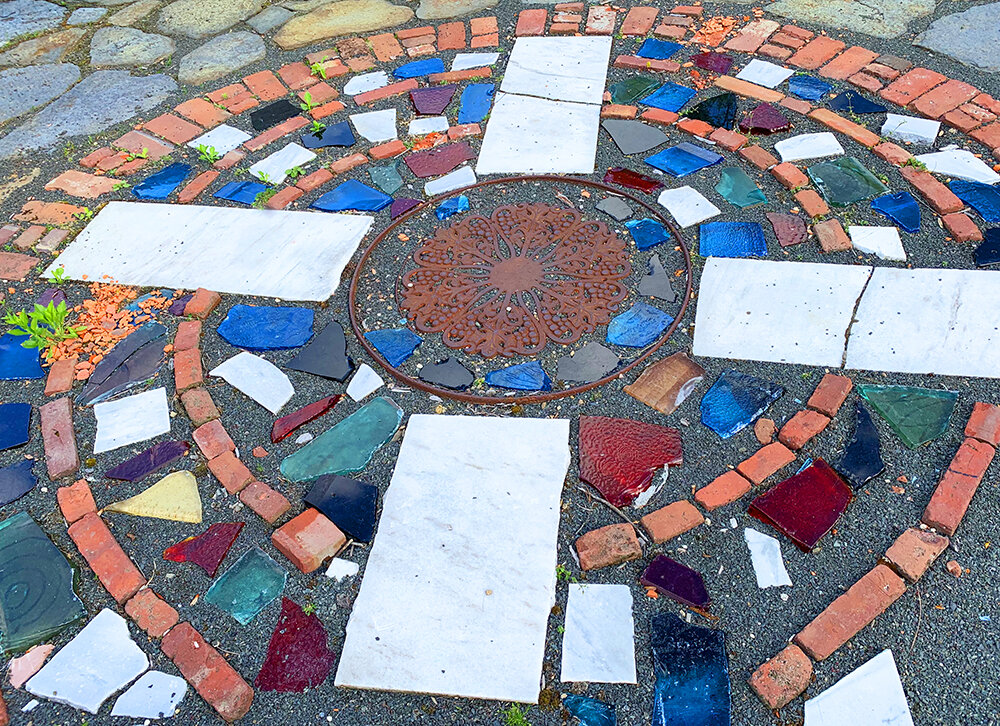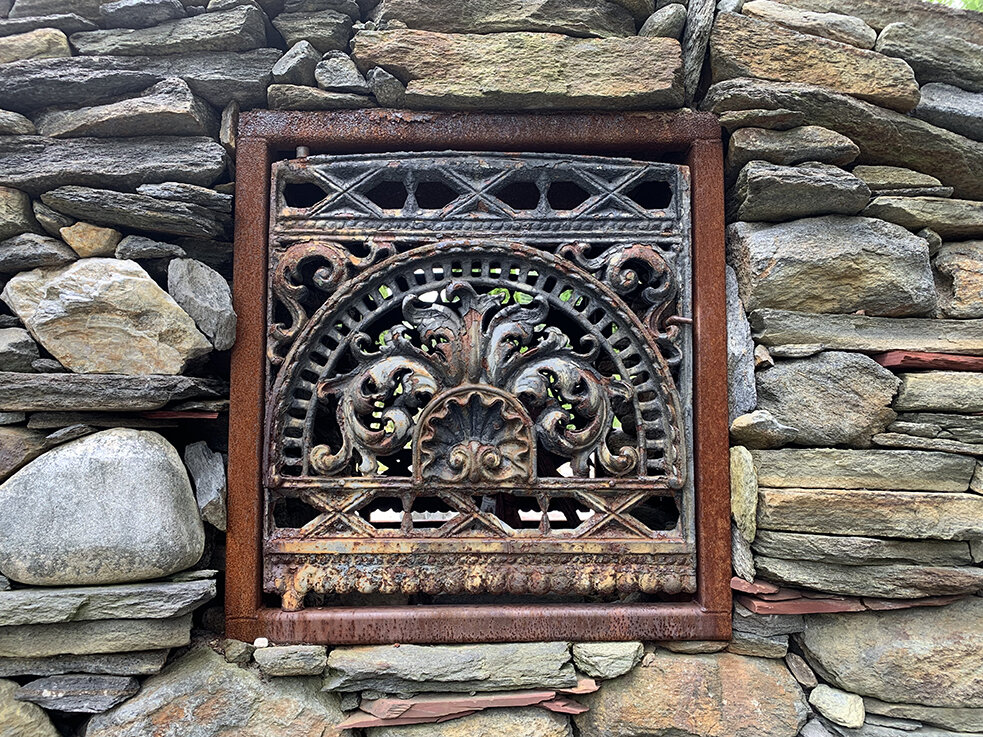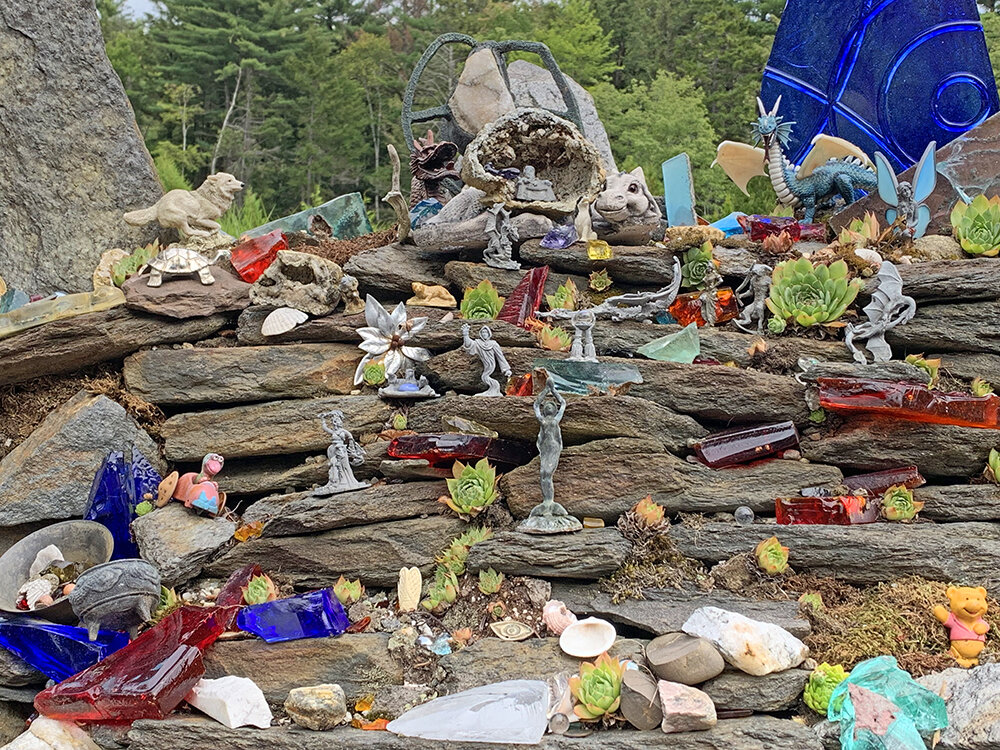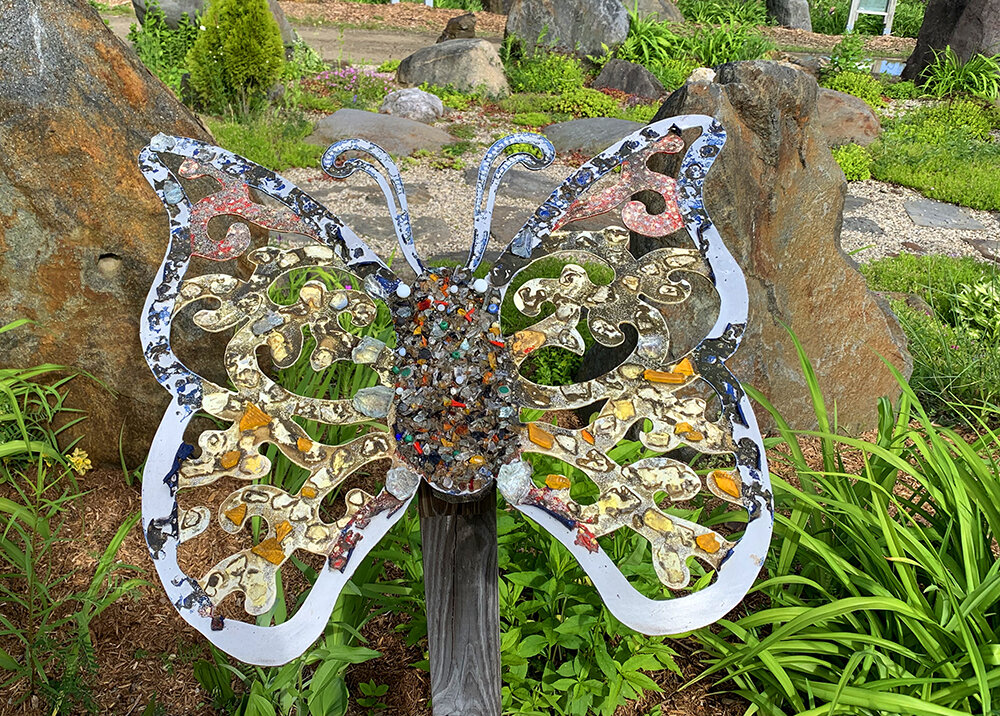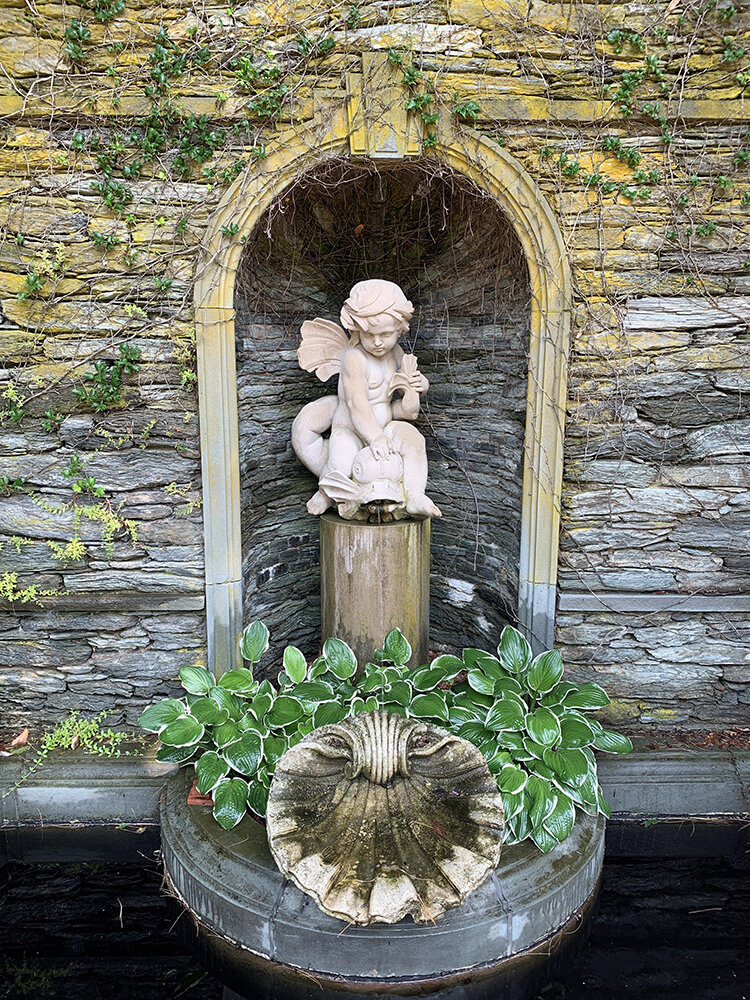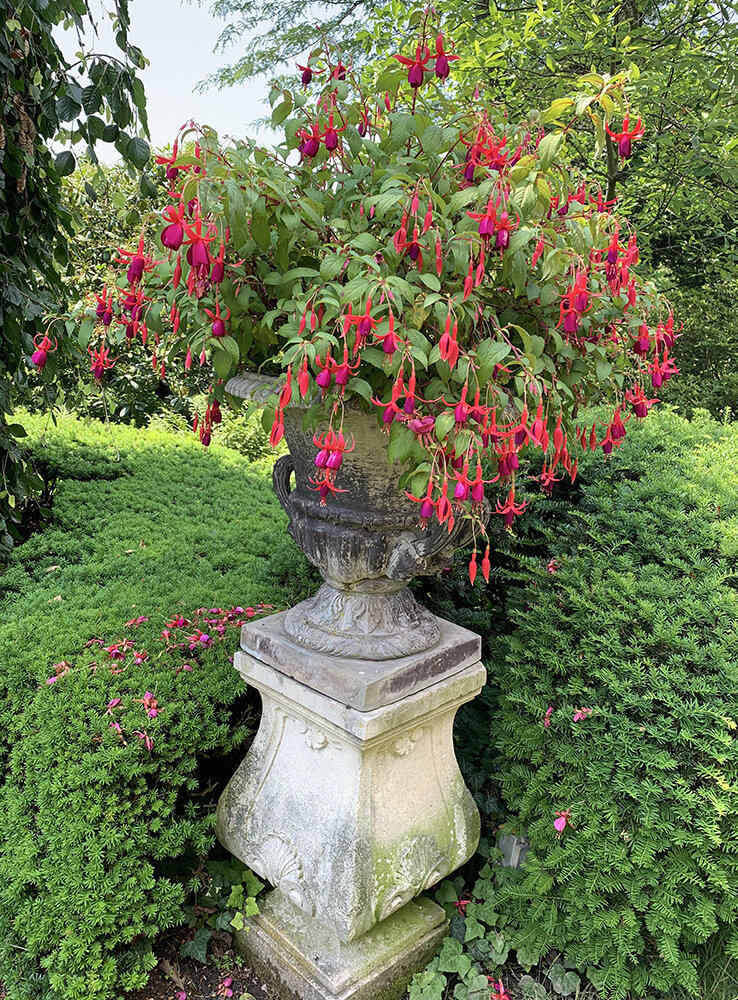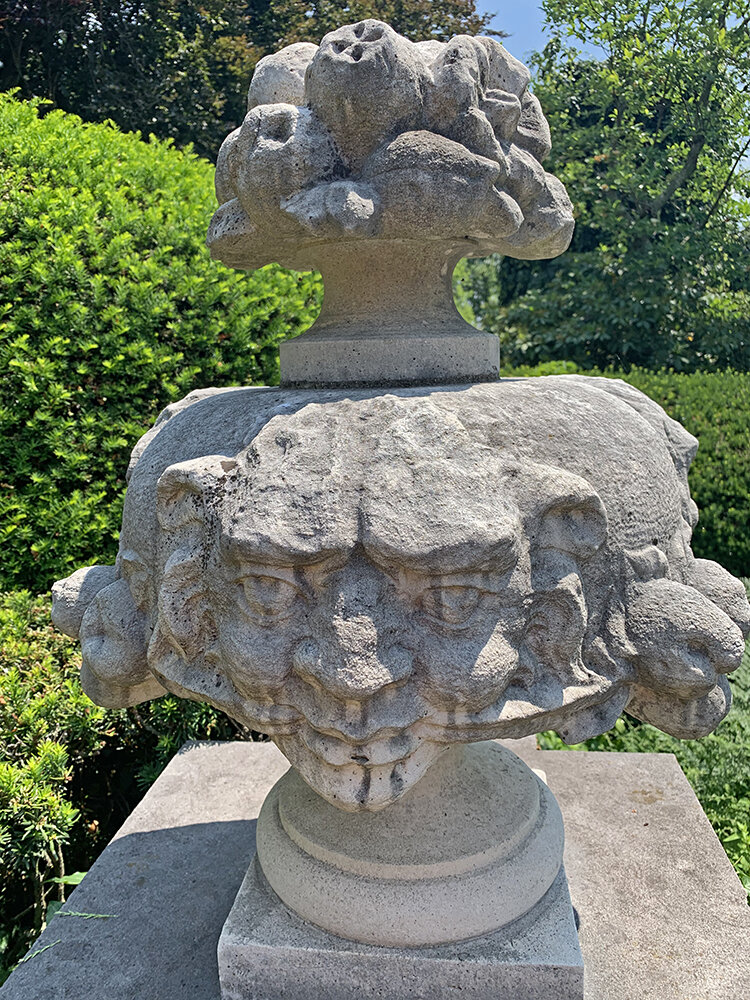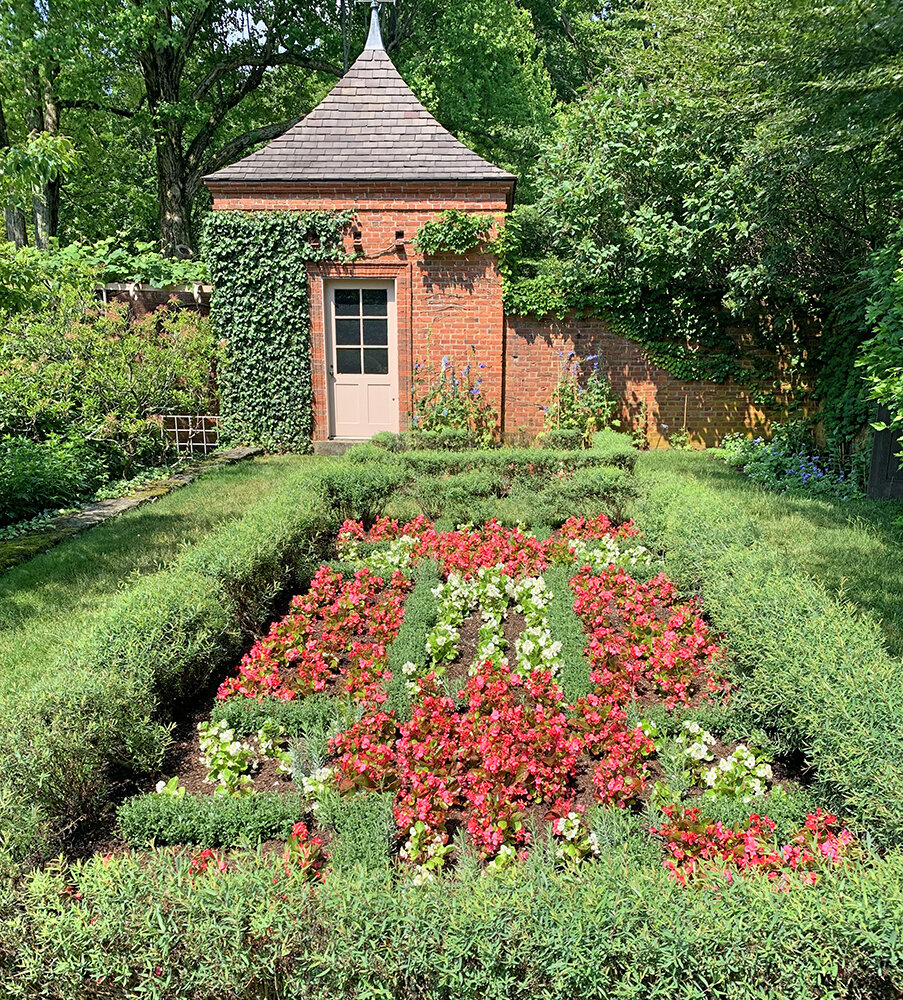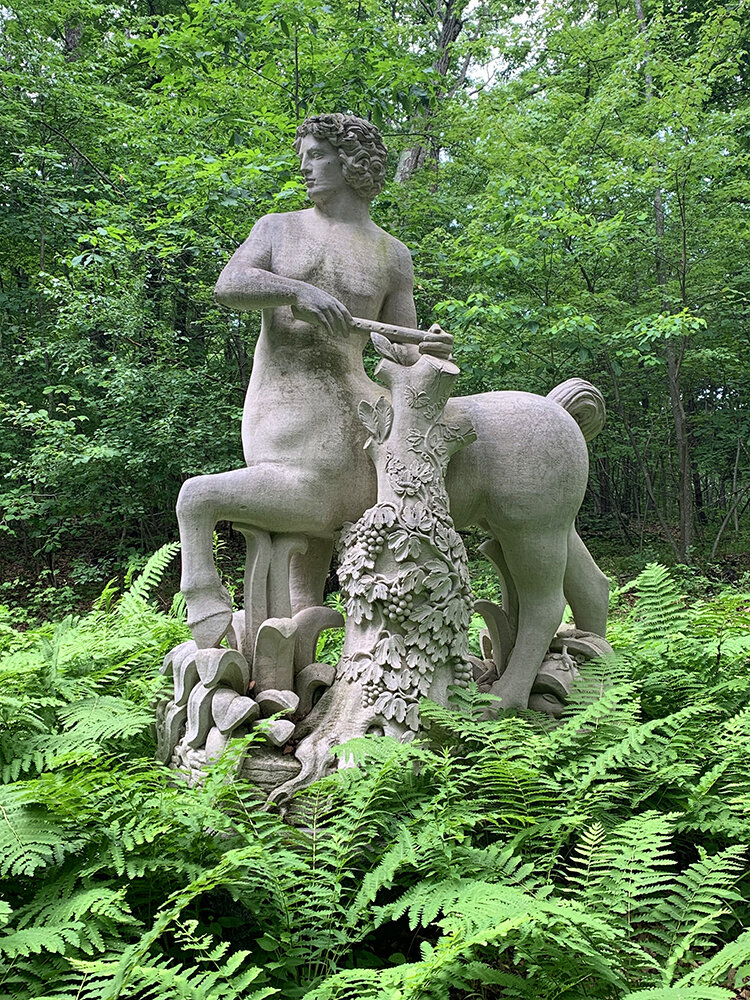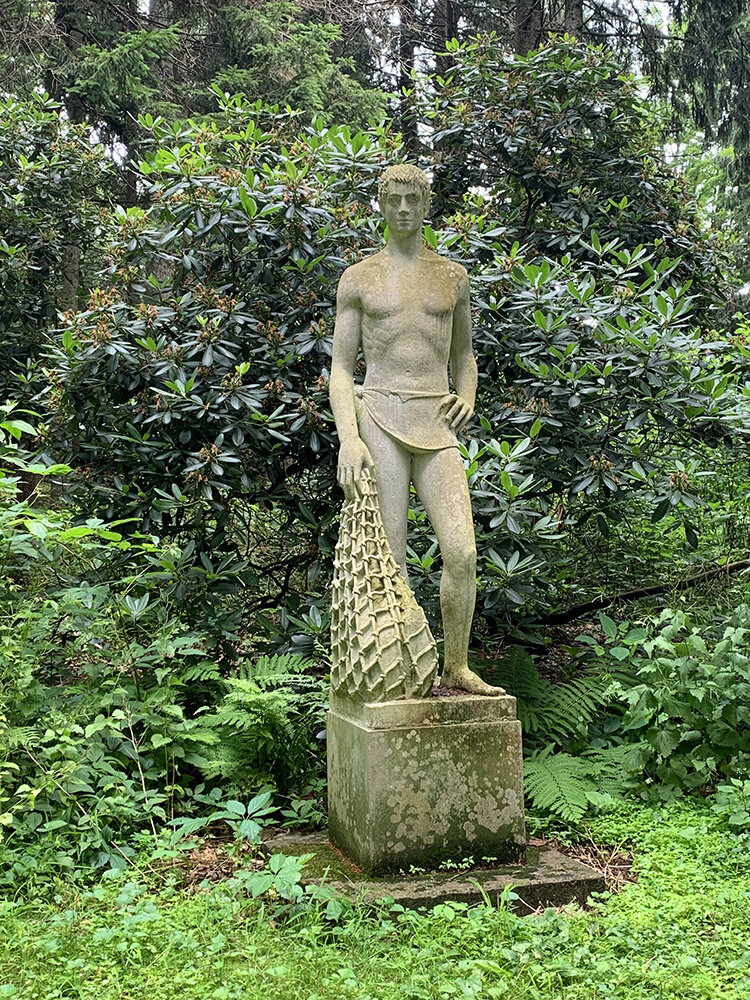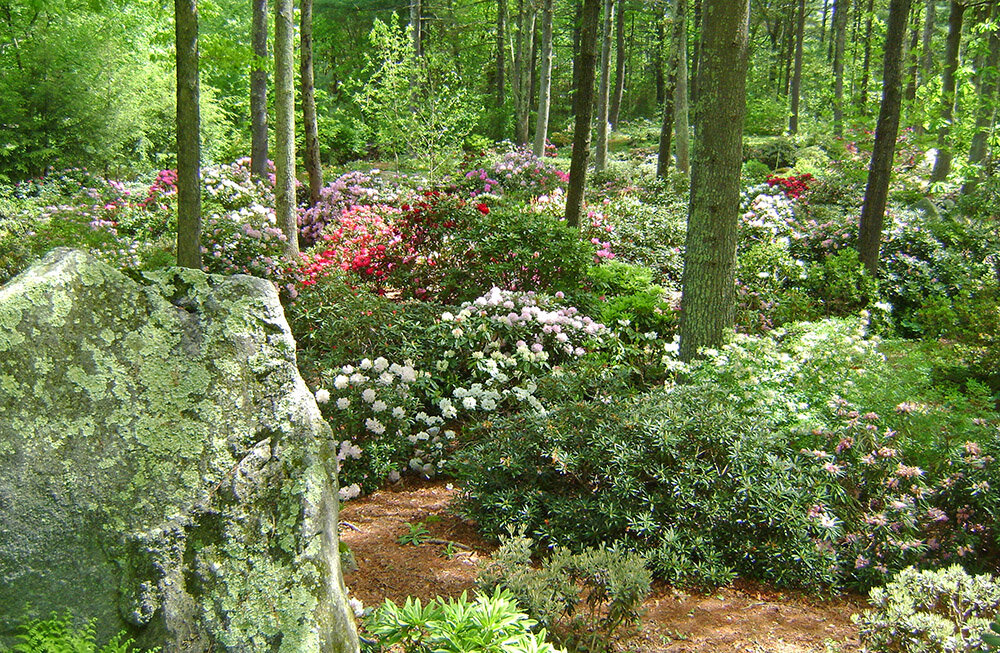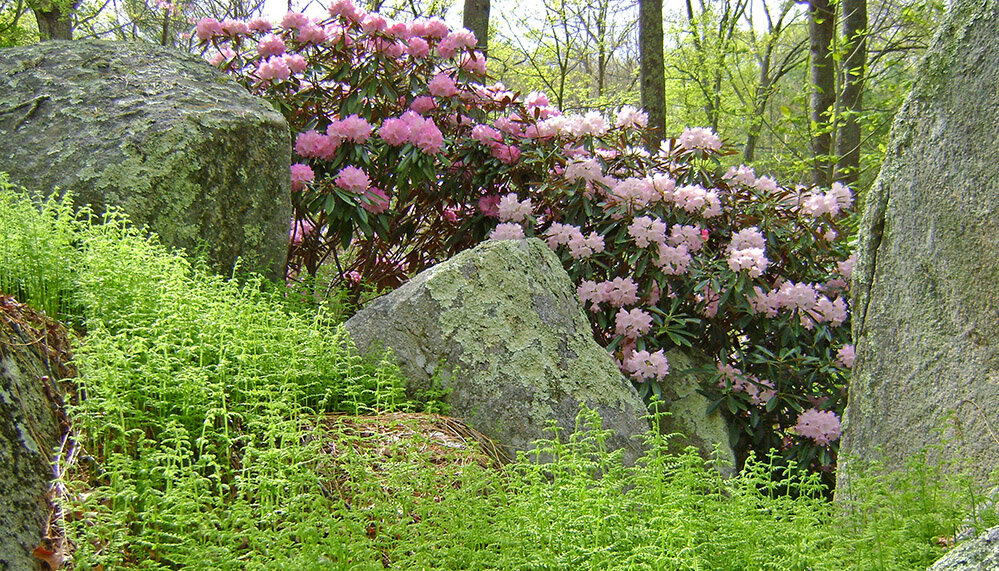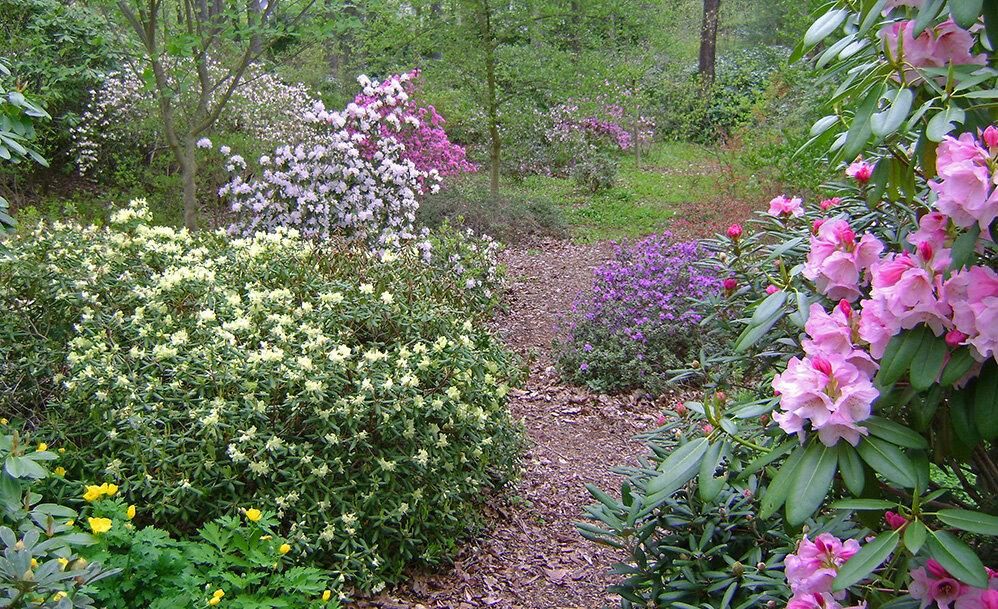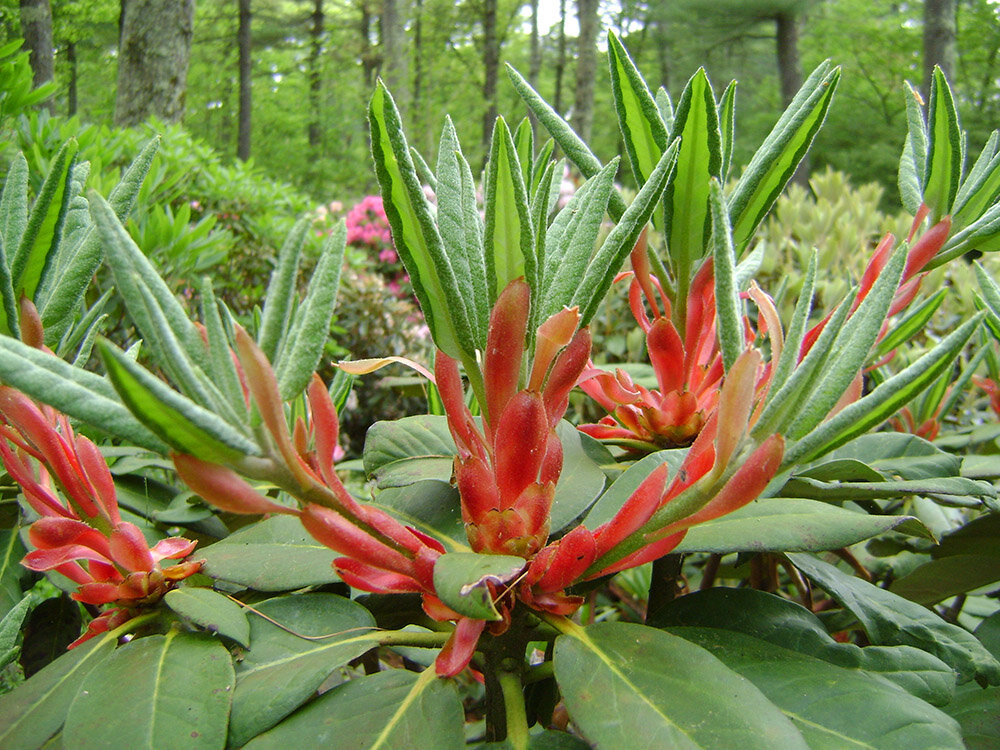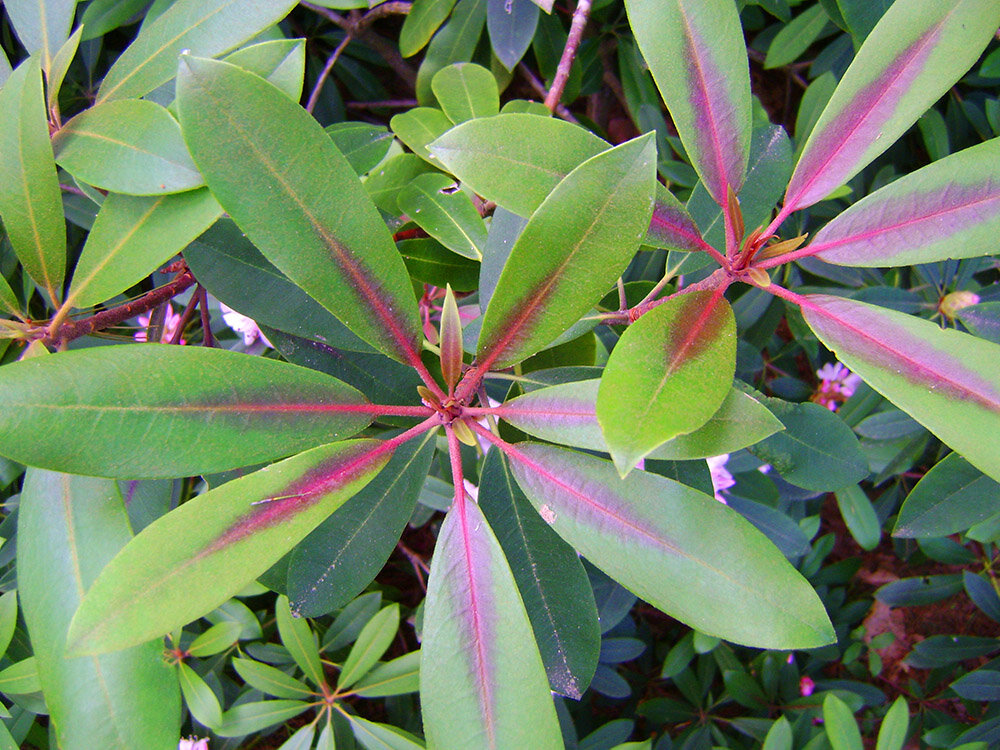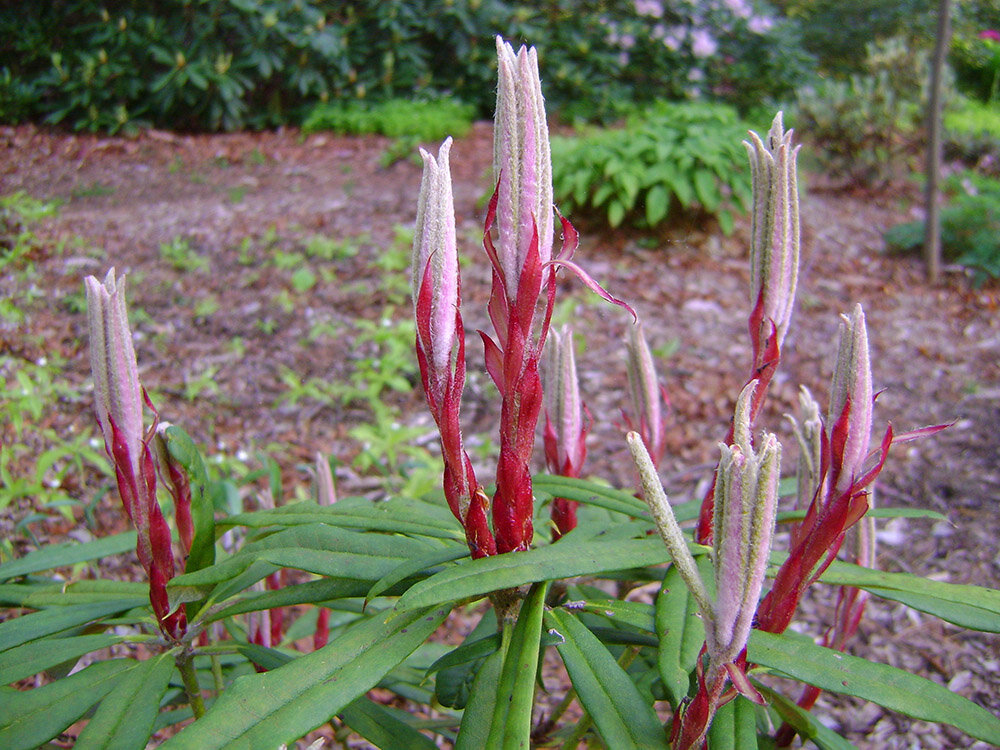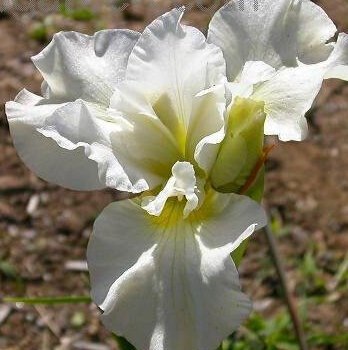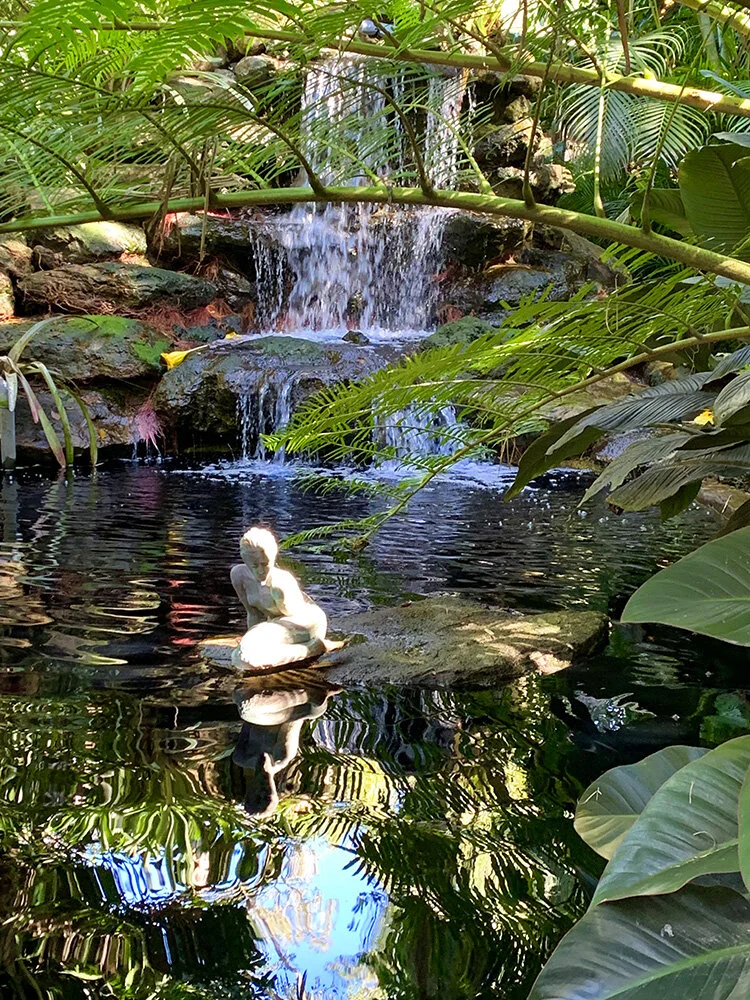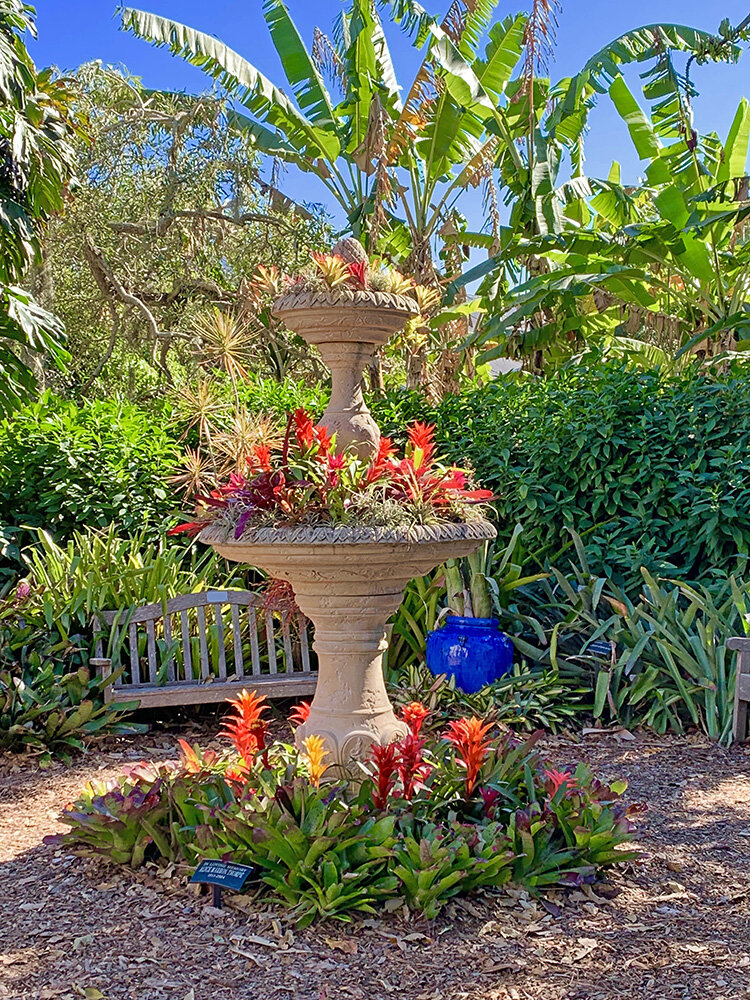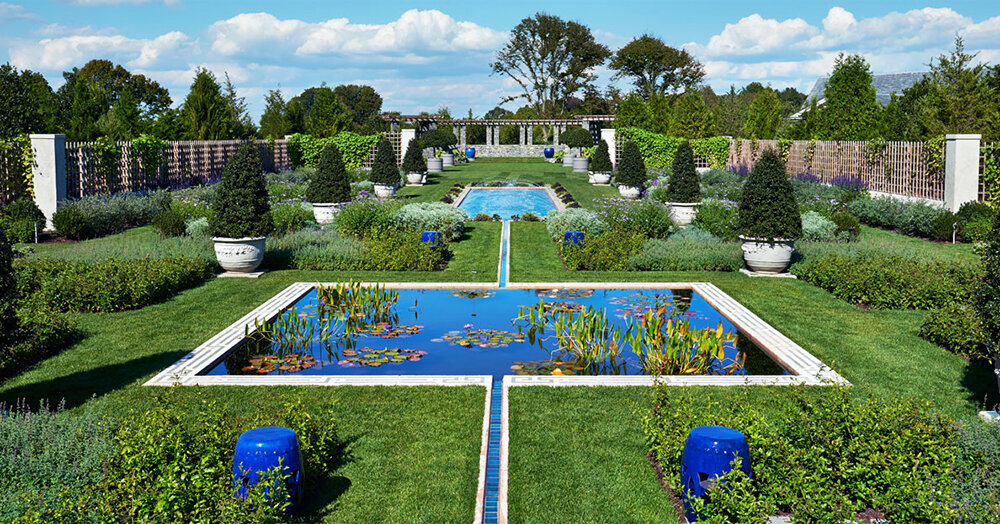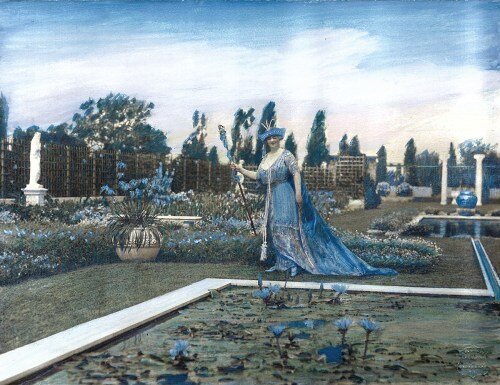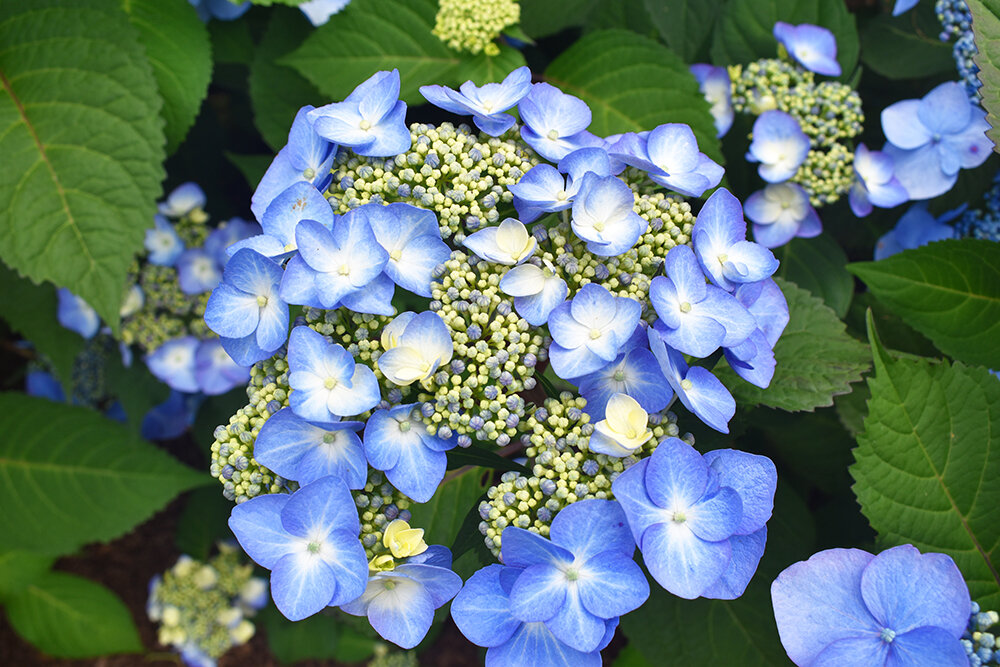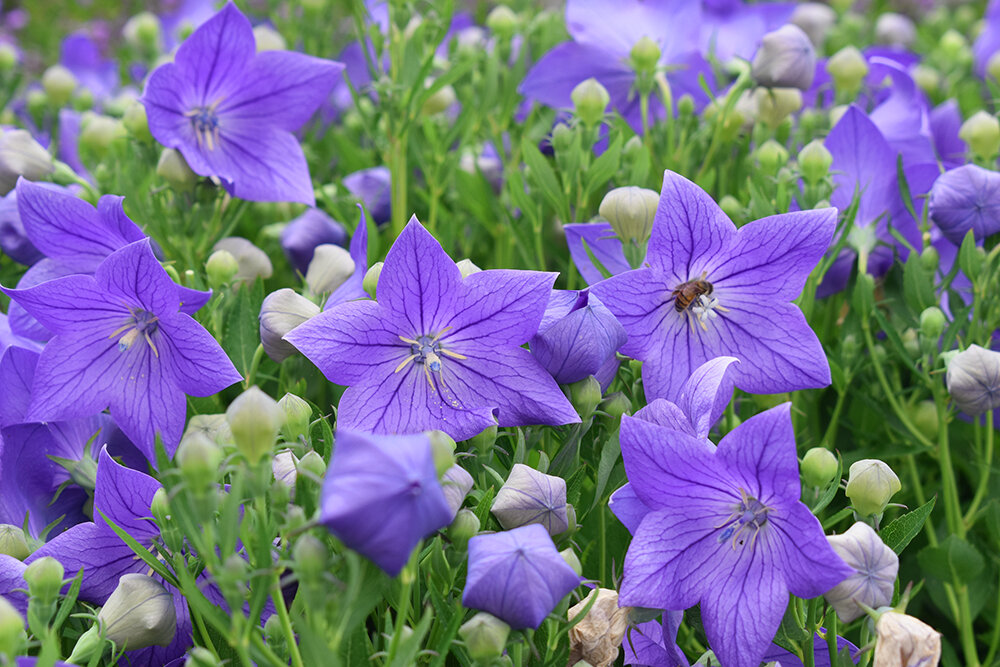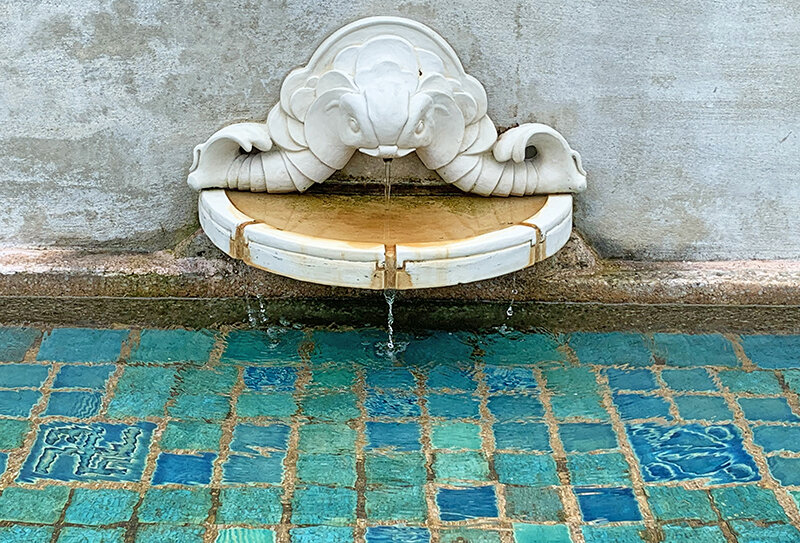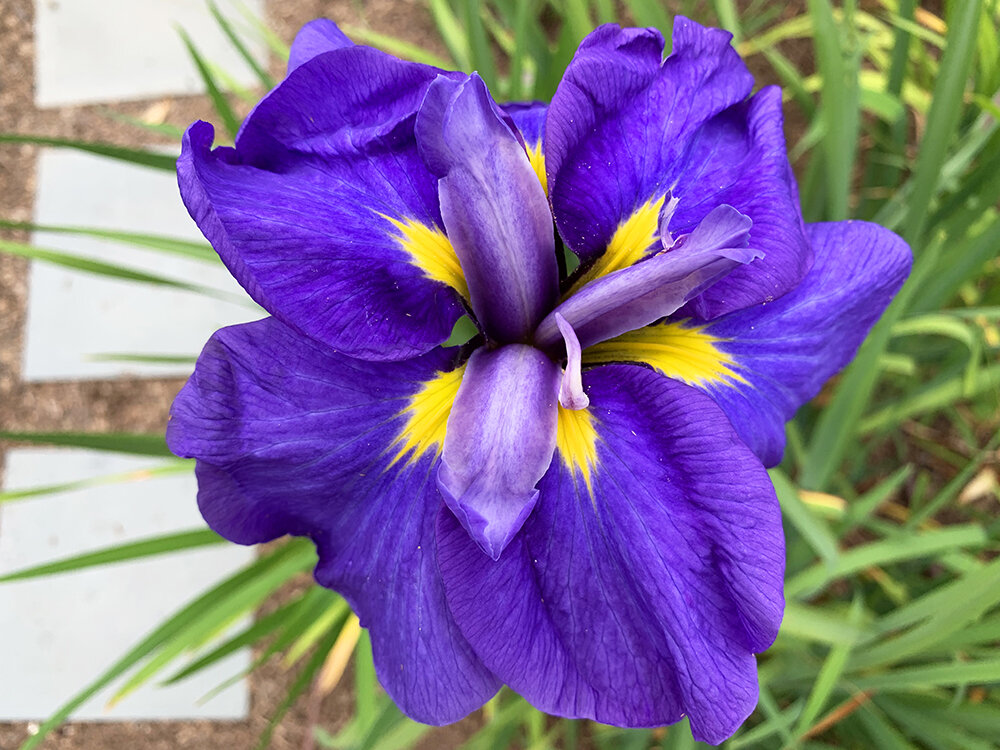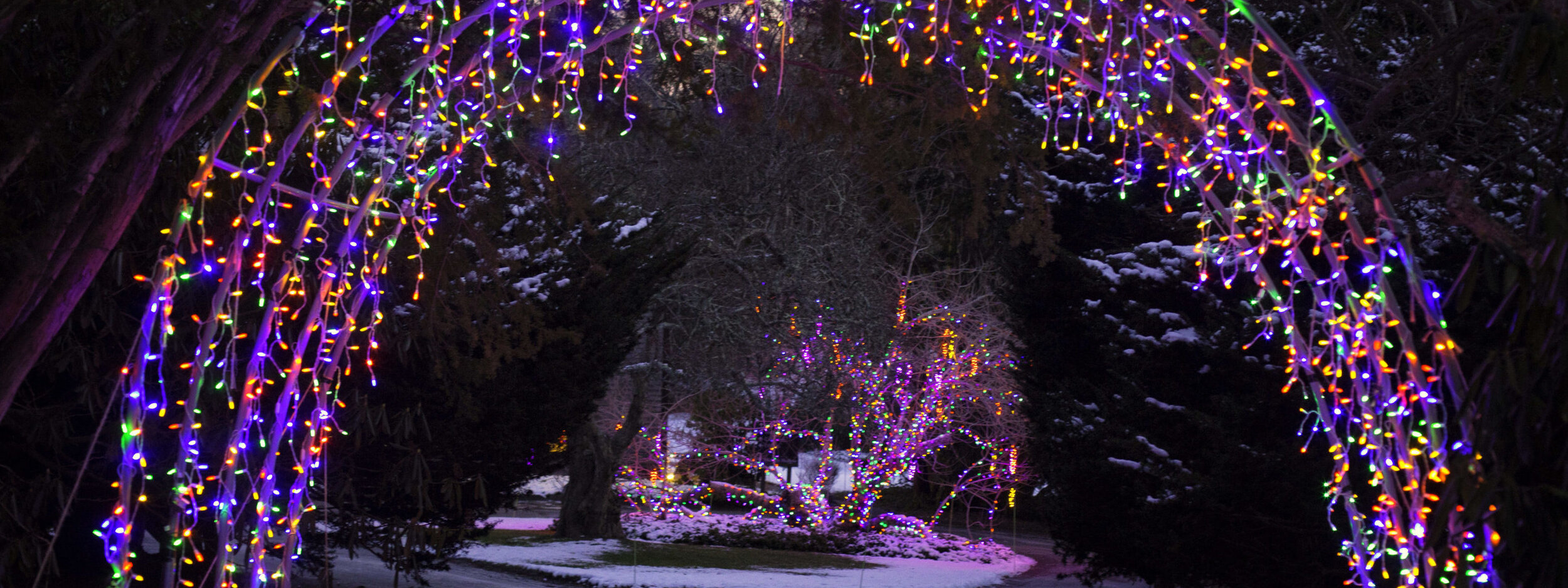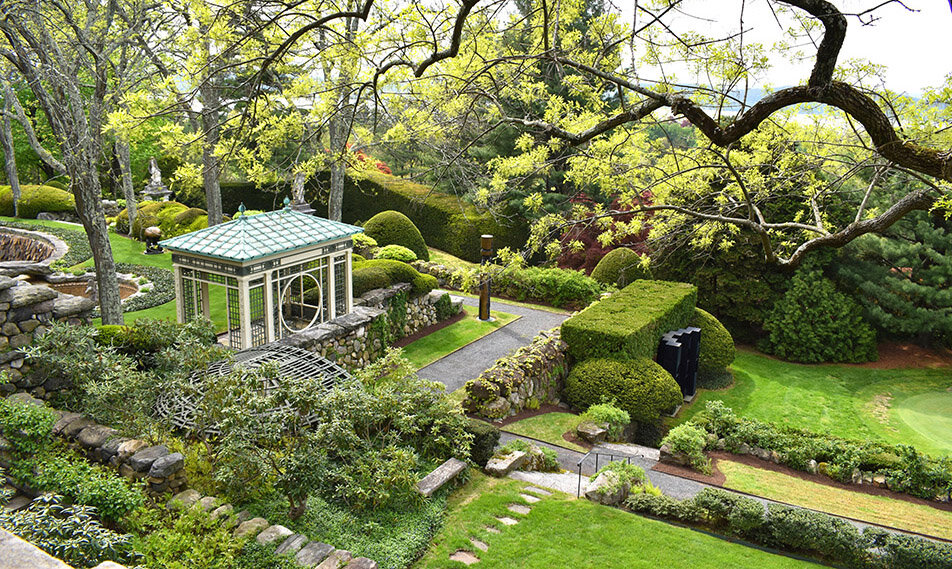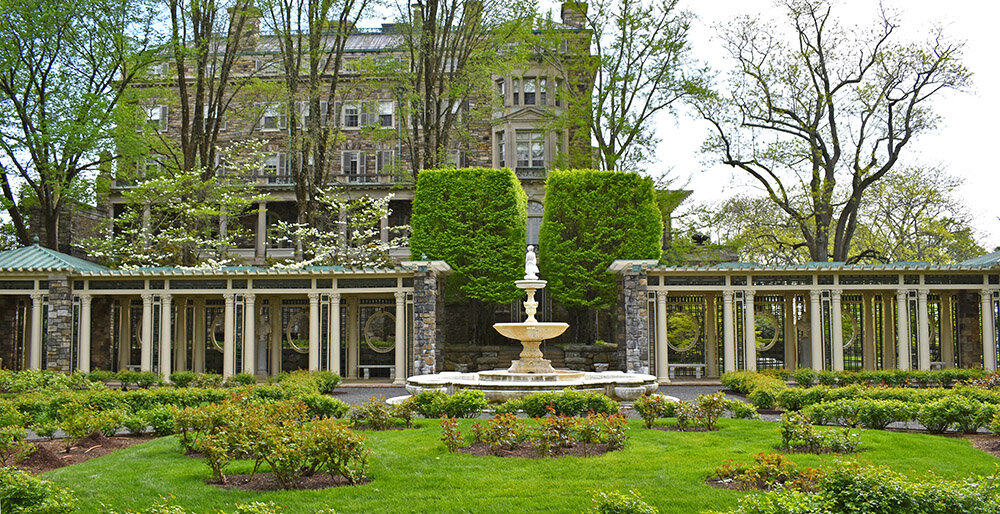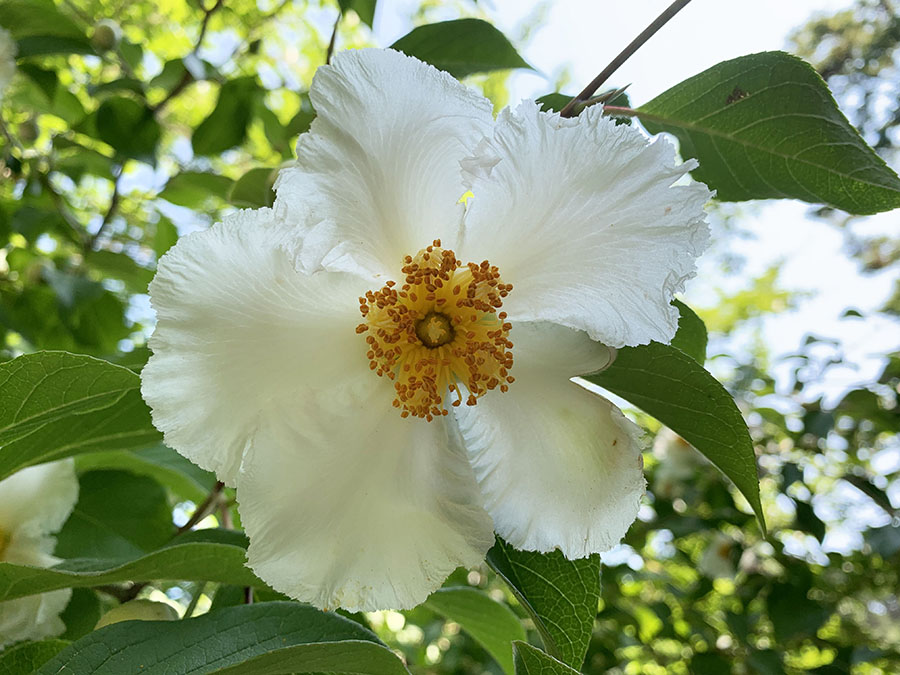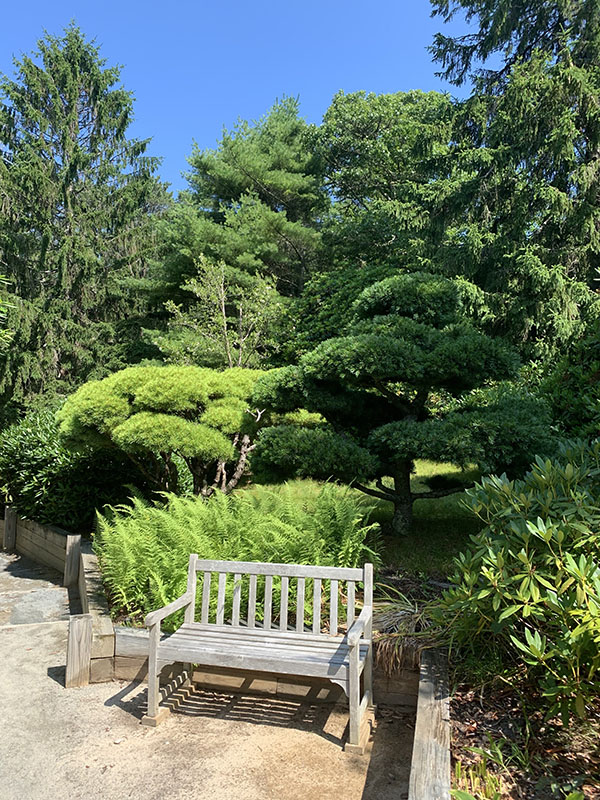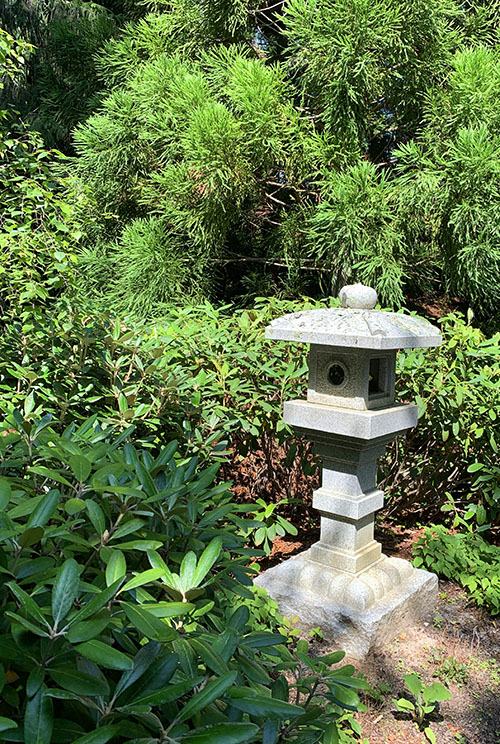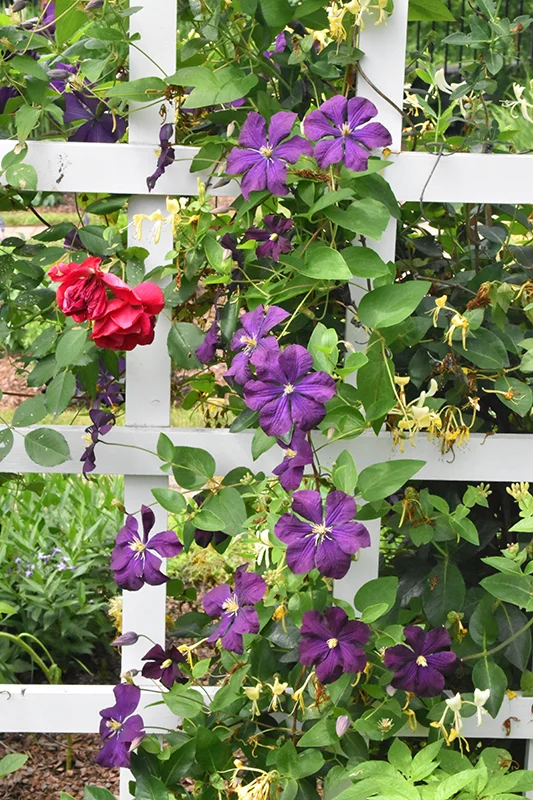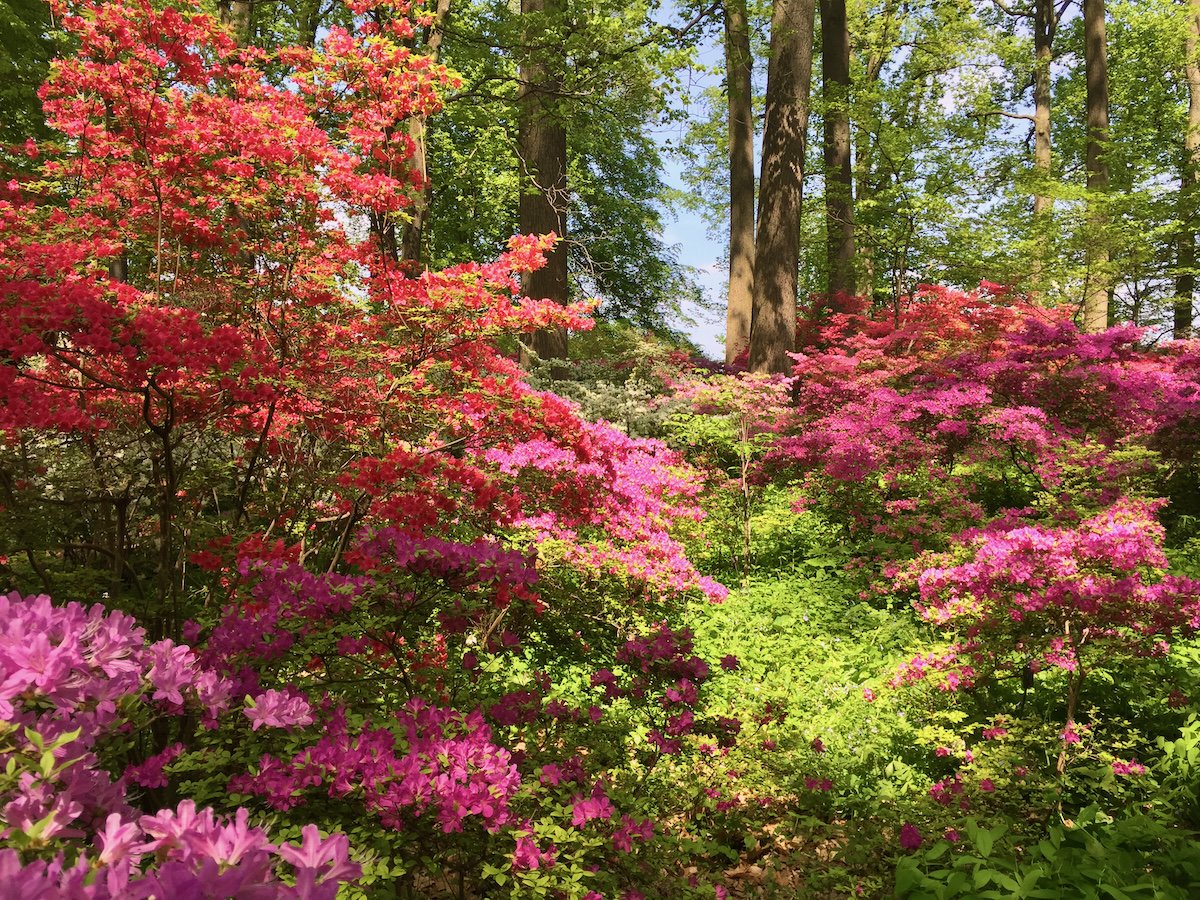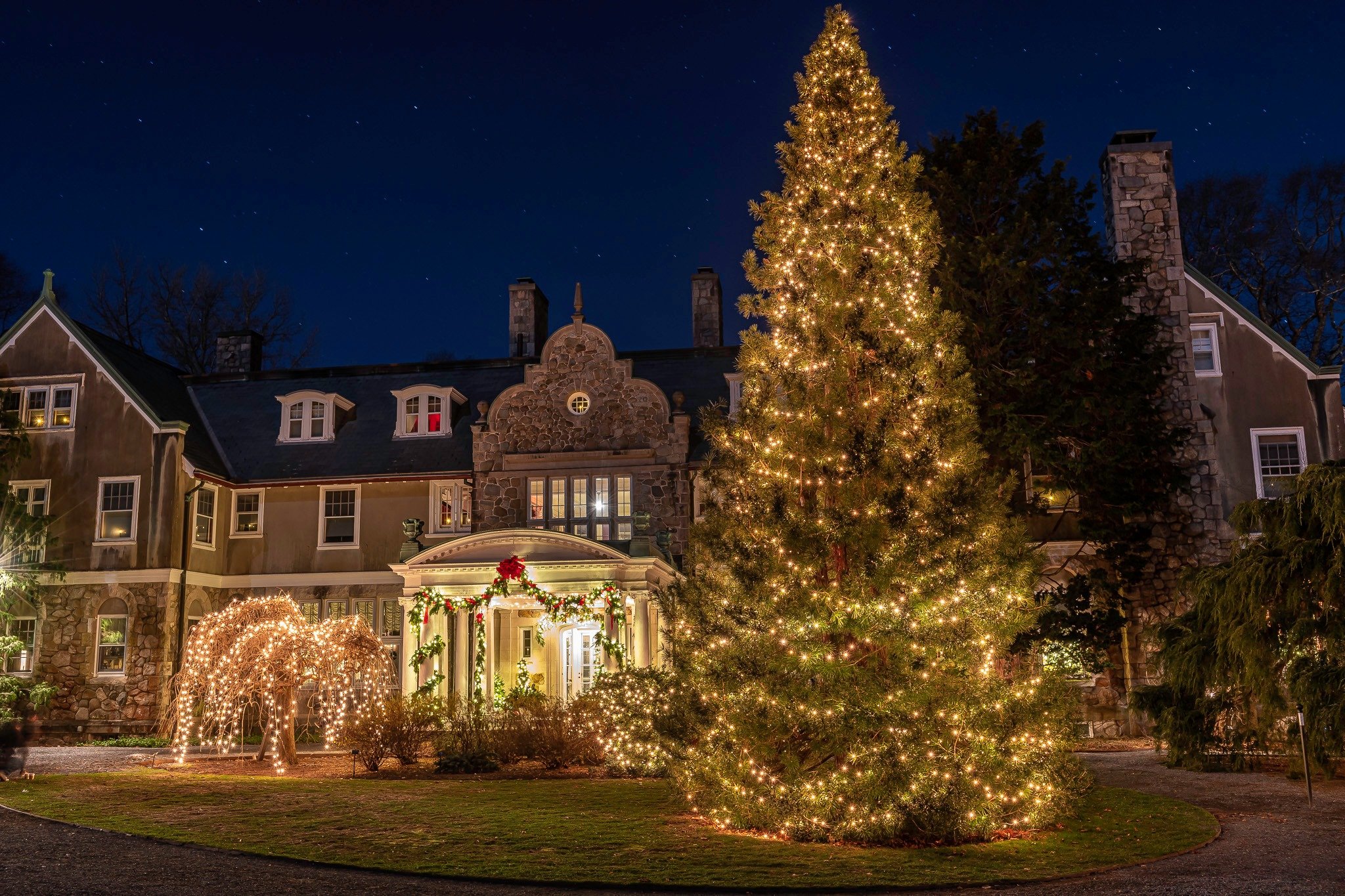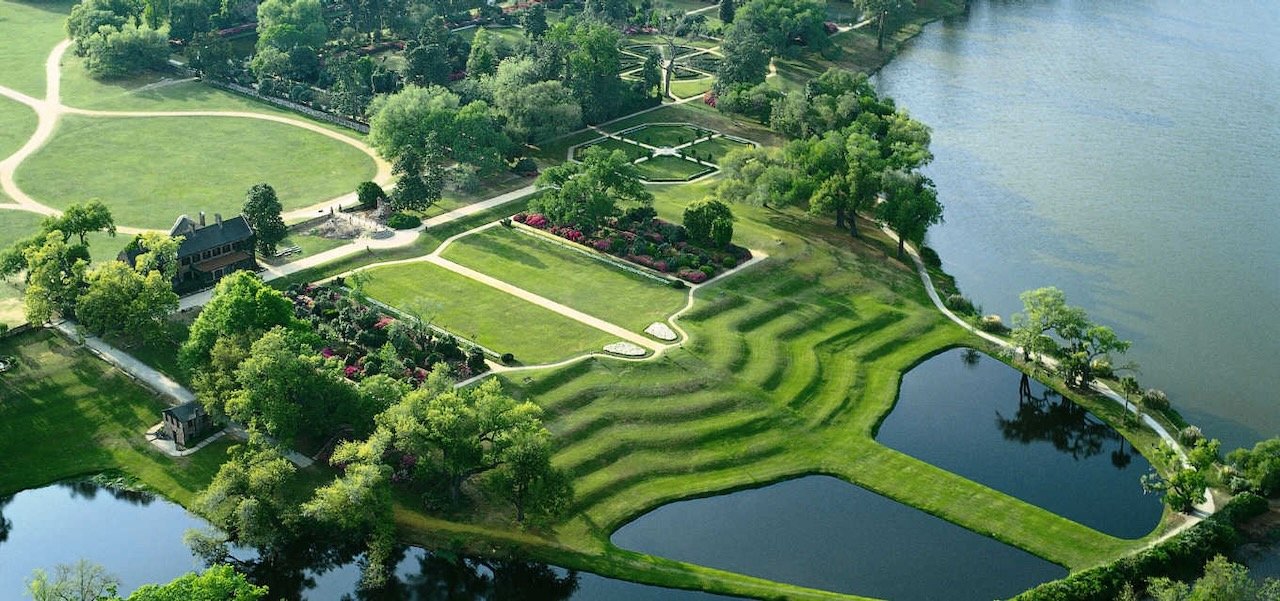Innisfree: A Garden for Contemplation
/Innisfree garden is the result of a deep friendship and collaboration among three people: owners Walter and Marion Beck and landscape designer Lester Collins. In the late 1920s, artist Walter and his avid gardener wife, Marion, bought their country residence, which they named Innisfree, and began to study garden design and philosophy. Walter Beck discovered the work of eighth-century Chinese poet, painter, and gardener Wang Wei. Studying scroll paintings of Wang’s famed garden, Walter was drawn to the carefully defined, inwardly focused gardens sited within a larger, naturalistic landscape that Wang created. Wang’s technique influenced centuries of Chinese and Japanese garden design, and the gardens of Innisfree. Drawing on Wang’s approach, the Becks created vignettes in the garden, which Walter called “cup gardens,” incorporating rocks from the site with trees and plantings. Unlike Wang Wei, the Becks focused more on individual compositions. Relating these to one another and to the landscape as a whole was the role of Lester Collins.
““Western gardens are usually designed to embrace a view of the whole. Little is hidden. The garden, like a stage set, is there in its entirety, its overall design revealed in a glance.… The traditional Chinese garden is usually designed so that a view of the whole is impossible. The Chinese Garden requires a stroll over serpentine, seemingly aimless arteries. The observer walks into a series of episodes, like Alice through the looking glass….” ”
The Becks met Collins early in 1938 and began their creative collaboration. He spent several years in Asia, and was dean of Harvard’s landscape architecture department before starting his own private practice. His study of Chinese and Japanese garden design jived perfectly with the Becks’ aesthetic. In his 20-year association with the Becks, Collins was able to create a magical garden that brought the Becks’ “cup gardens” into a unified whole.
Having no children, the Becks decided to endow a foundation for the “study of garden art at Innisfree” that would make it into a public garden. Collins became the estate’s manager, orchestrated its transition to a public garden, and continued to design and expand the landscape according to his and the Becks’ vision. As funds allowed, he cleared portions of the densely wooded site, carefully editing existing vegetation to leave magnificent trees and swaths of natives, including blueberries, iris, and ferns. He created the first route around the lake; added new cup gardens; designed such memorable water features as the Mist, the Water Sculpture, the Air Spring, and the Fountain Jet; sculpted fanciful berms like those along the Entrance Drive, and added new plantings of native and Asian varieties to create a garden that is natural, unpretentious, and sustainable. His involvement with the garden continued for 55 years until his death in 1993. Today, the garden is run by the Innisfree Foundation.
Innisfree is unlike other gardens, in that it is a naturalistic stroll garden in which the hand of the designer is almost invisible. The design comes from the study of the natural site. The gardens at Innisfree are based around the 40-acre lake framed by wooded hills and rocky cliffs. Rocks are an important element—from stone walls and staircases to single monolithic stones creating a strong vertical in the landscape. Most of the stones were collected on the property and carefully placed in their current location. Dramatic water features provide movement and energy within the garden. Innisfree is a unique combination of Asian and American aesthetics. It is a garden of quiet beauty, serenity, and contemplation.
Innisfree, 362 Tyrrel Rd., Millbrook, NY 12545, (845) 677-8000, innisfreegarden.org
Hours: May–Oct: Wed.–Fri. 10–4, Sat.–Sun. 11–5














